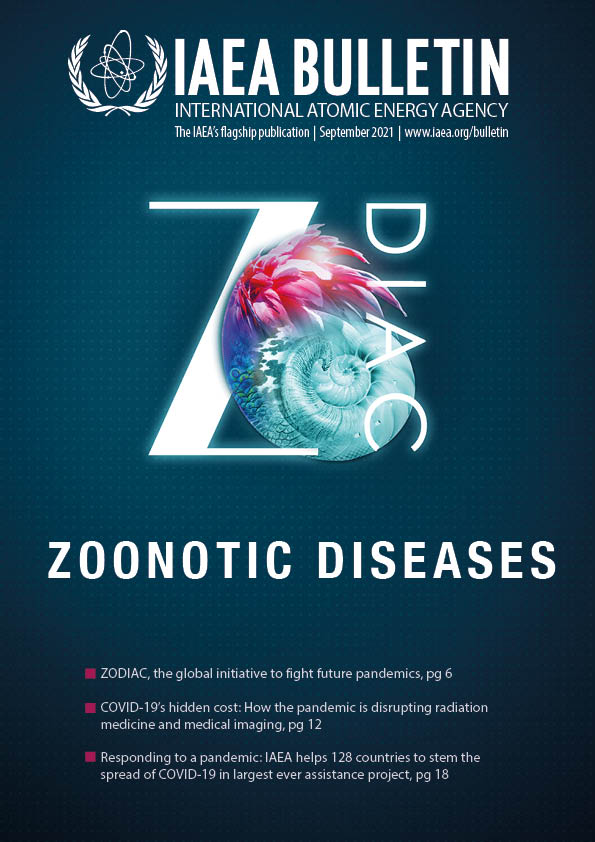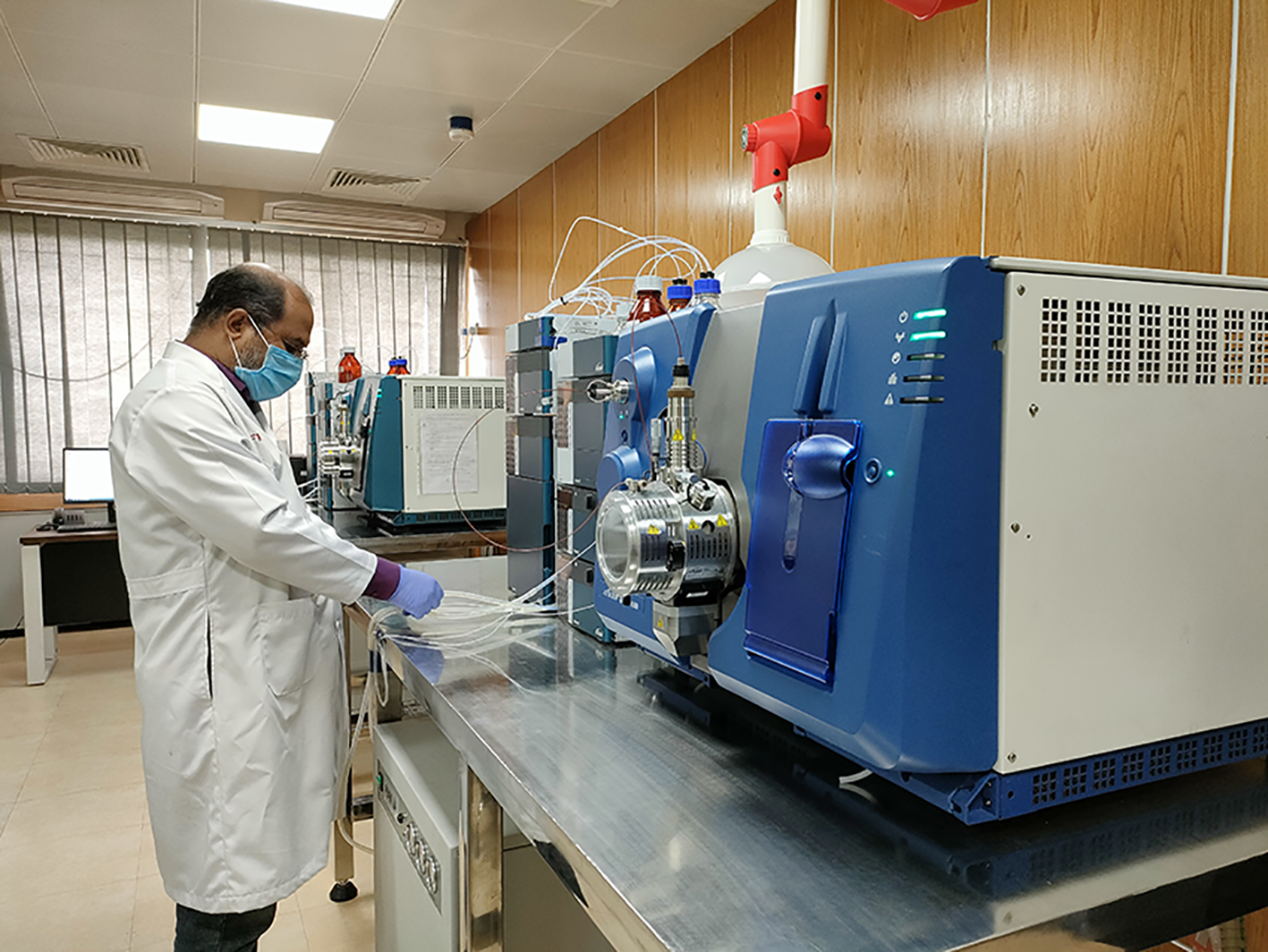Food provides our bodies with essential nutrients to sustain life, but when contaminated with pathogens — including those of zoonotic origin — it can debilitate or even kill us. According to the World Health Organization (WHO), more than 200 diseases are caused by eating food contaminated with bacteria, viruses, parasites or chemical substances.
Since consumers cannot always see, taste or smell the threat of contaminated food, food safety laboratories around the world serve as a line of defence to prevent and halt the spread of harmful agents of diseases. The IAEA, in partnership with the Food and Agriculture Organization of the United Nations (FAO), has been supporting laboratories worldwide to help detect, monitor and track contaminants and agrochemical residues in foods.
To date, IAEA support for food safety testing has focused on the detection and control of chemical residues such as veterinary drugs, pesticides and contaminants. Many projects have included microbiological testing and pathogen detection, components that are expected to be expanded in the future.
“Through routine testing, surveillance and involvement in epidemiological investigations, food safety laboratories can detect pathogens’ deviation from normal situations and identify emerging pathogens,” said A.S.M Saifullah, Chief Scientific Officer at the Institute of Food and Radiation Biology (IFRB) of the Bangladesh Atomic Energy Commission. “Food safety laboratories can help in preparation of and response to zoonotic diseases, including in emergencies.”

